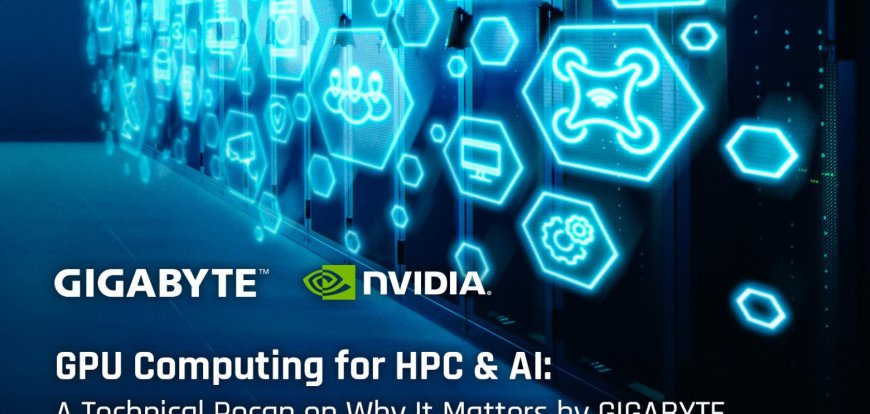The Rise of GPUs in AI and High-Performance Computing
The journey of the Graphics Processing Unit (GPU) over the last thirty years has been nothing short of remarkable. What began as a tool for accelerating the drawing of 2D shapes in applications has transformed into a dominant force in high-performance computing and AI.

Introduction: The Evolution of the GPU
From Simple Graphics to Compute Powerhouses
The journey of the Graphics Processing Unit (GPU) over the last thirty years has been nothing short of remarkable. What began as a tool for accelerating the drawing of 2D shapes in applications has transformed into a dominant force in high-performance computing and AI.
The Era of CPU Dominance
CPUs as the Backbone of High-Performance Computing
In the late 1990s, the realm of high-performance computing was ruled by CPUs. This era saw the use of specialized processors and off-the-shelf chips from leading manufacturers for tasks ranging from scientific research to data processing. A prime example is the ASCI Red supercomputer, powered by thousands of Intel Pentium II Overdrive CPUs, with a peak compute performance of over 3.2 TFLOPS.
Also Check Thermaltake TGM-I27FQ: A New Player in Gaming Monitors
Understanding Floating-Point Operations
The Importance of Precision in Computation
Floating-point operations, or FLOPS, play a crucial role in computing where precision is key, such as in scientific or engineering applications. These operations are essential for handling non-integer values, and CPUs have long included separate circuits for executing logic on integers and floating points.
The Advent of SIMD Technologies
Enhancements in CPU Processing
The introduction of technologies like Intel's MMX and AMD's 3DNow! marked significant advancements in CPU capabilities. These SIMD (Single Instruction, Multiple Data) technologies enabled processors to execute instructions across multiple data points simultaneously, improving efficiency in handling floats and integers.
The Unification in GPU Design
A Pivotal Shift with Xbox 360's Xenos GPU
The launch of Microsoft's Xbox 360 in 2005 featured a GPU that defied the traditional architecture of separate vertex and pixel pipelines. This design, developed by ATI and fabricated by TSMC, marked a new era of unified GPU architecture.
GPUs Enter the High-Performance Compute Race
Making a Mark in Supercomputing
The GPU's foray into high-performance computing became evident with the appearance of supercomputers boasting GPU technology in the TOP500 list, starting in 2010. Systems like China's Nebulae and Tianhe-1 incorporated Nvidia's Tesla C2050 and AMD's Radeon HD 4870, respectively, showcasing the immense potential of GPUs in this domain.
Conclusion: The Transformation of GPUs
A New Age of Computing
The transition of GPUs from mere graphics accelerators to vital components in AI and high-performance computing reflects a significant shift in the technological landscape. As GPUs continue to evolve, they redefine the possibilities in various fields, cementing their position as indispensable tools in the modern computing world.


































